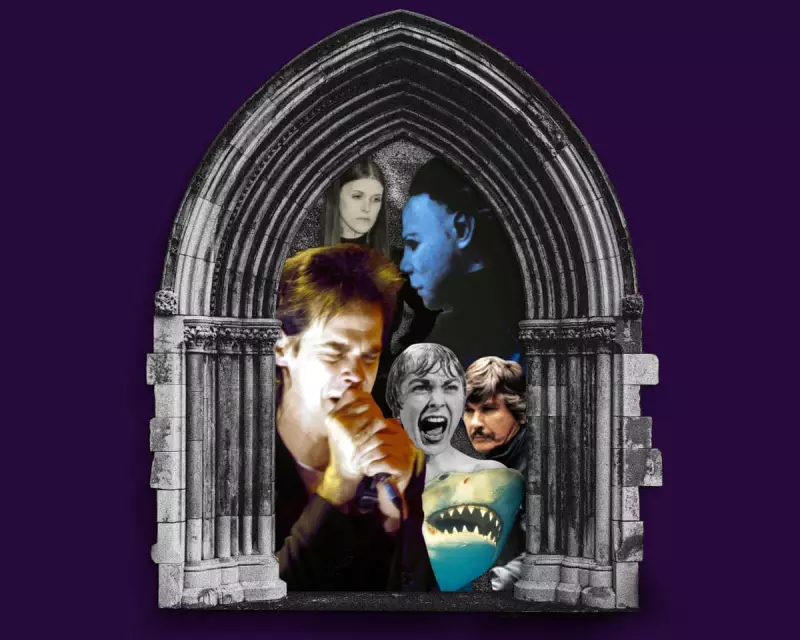
In the shadowy realms of the music world, goth metal stands as one of the most misunderstood and captivating genres. Recent revelations from the scene's most influential artists are shedding new light on what truly makes their music resonate with such chilling intensity.
The Art of Atmospheric Terror
Contrary to popular belief, the creation of genuinely frightening music isn't about aggression or volume. Leading goth metal musicians describe their craft as a delicate balance of atmospheric elements, where subtlety often proves more powerful than sheer force.
"It's not about being loud," explains one veteran performer. "It's about creating spaces where listeners' own fears can surface. The most terrifying moments often happen in the quiet spaces between notes."
Beyond the Stereotypes
While the genre embraces dark aesthetics and macabre themes, artists emphasise the emotional depth and vulnerability at its core. The music serves as a vessel for exploring complex human emotions that mainstream genres often avoid.
- Emotional authenticity over shock value
- Atmospheric depth through layered instrumentation
- Cathartic release through musical tension
- Storytelling through sonic landscapes
The Evolution of Darkness
Today's goth metal scene continues to evolve, blending traditional elements with contemporary influences. The result is a genre that maintains its haunting identity while constantly pushing creative boundaries, attracting new generations of fans drawn to its unique emotional resonance.
"We're not trying to scare people away," shares another artist. "We're creating a space where darkness can be beautiful, where difficult emotions can find expression. That's where the real power lies."




